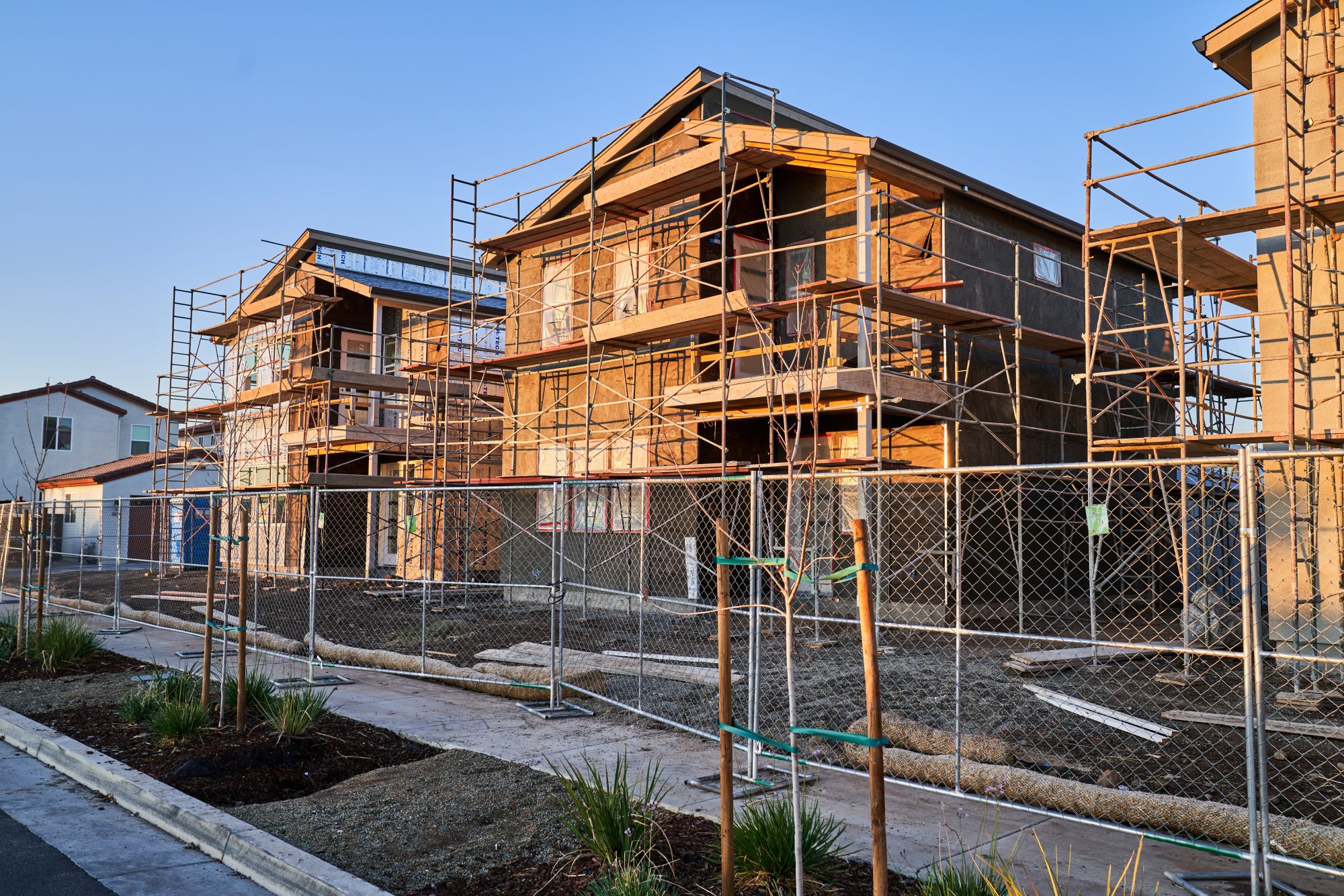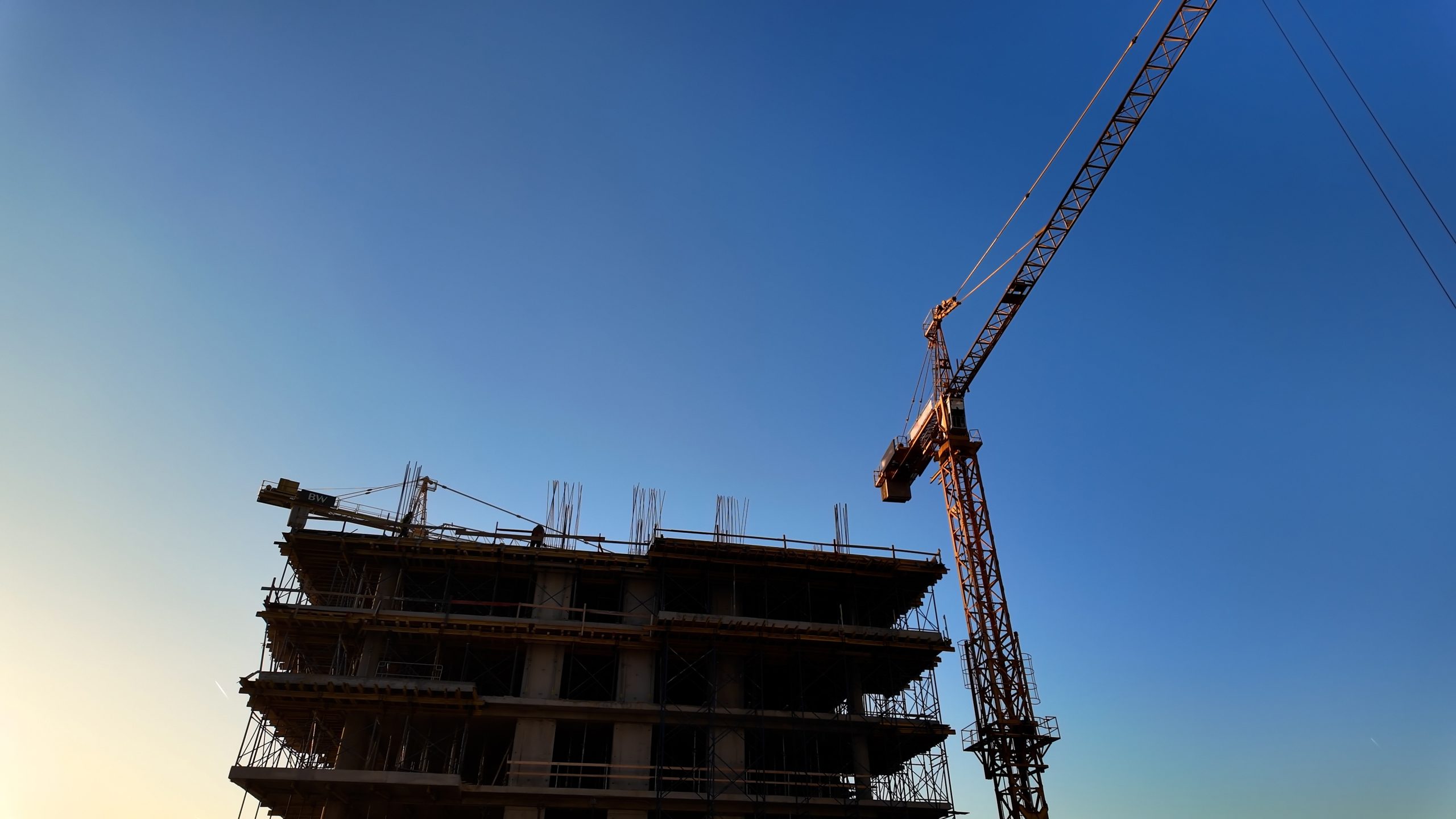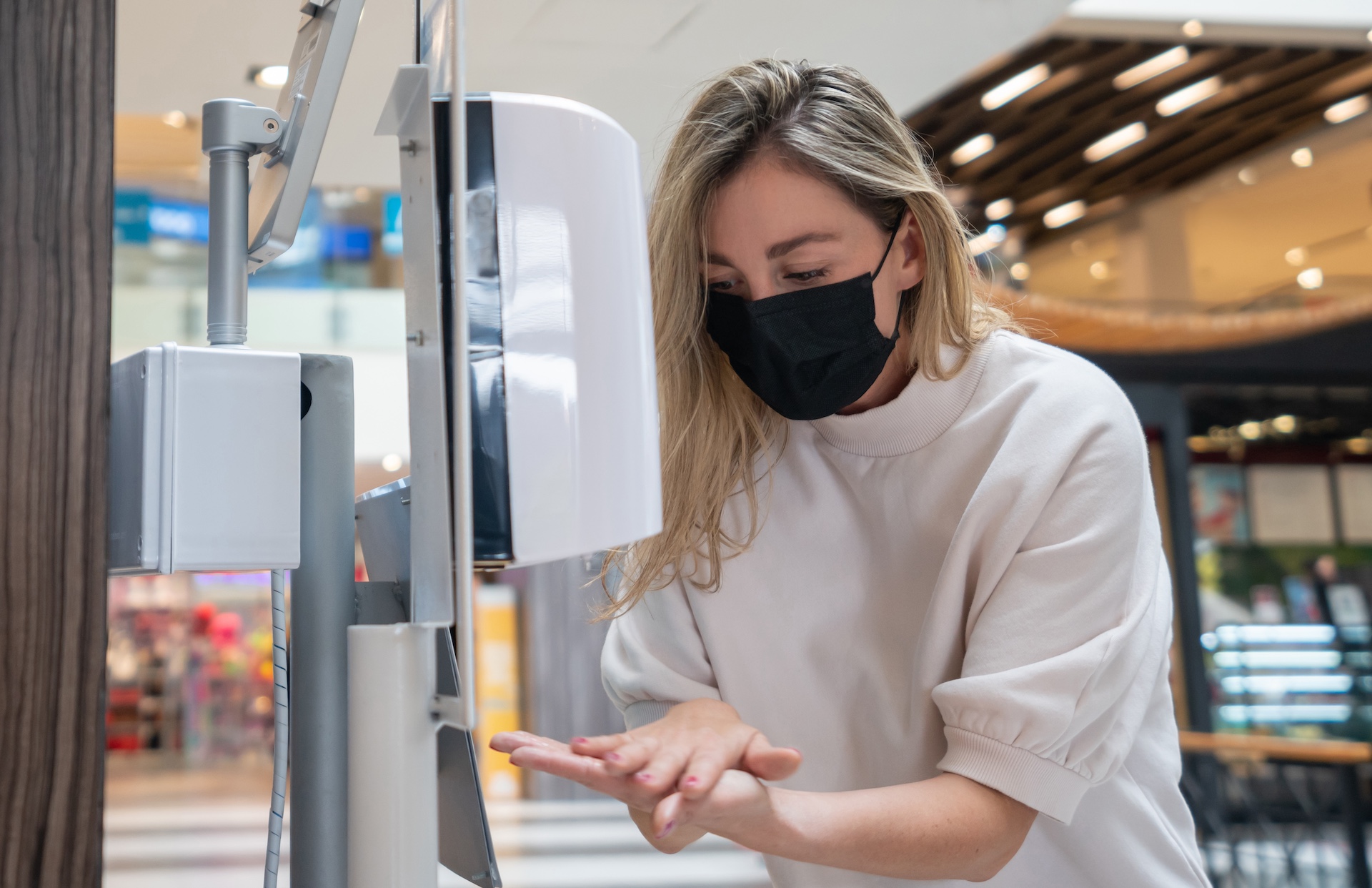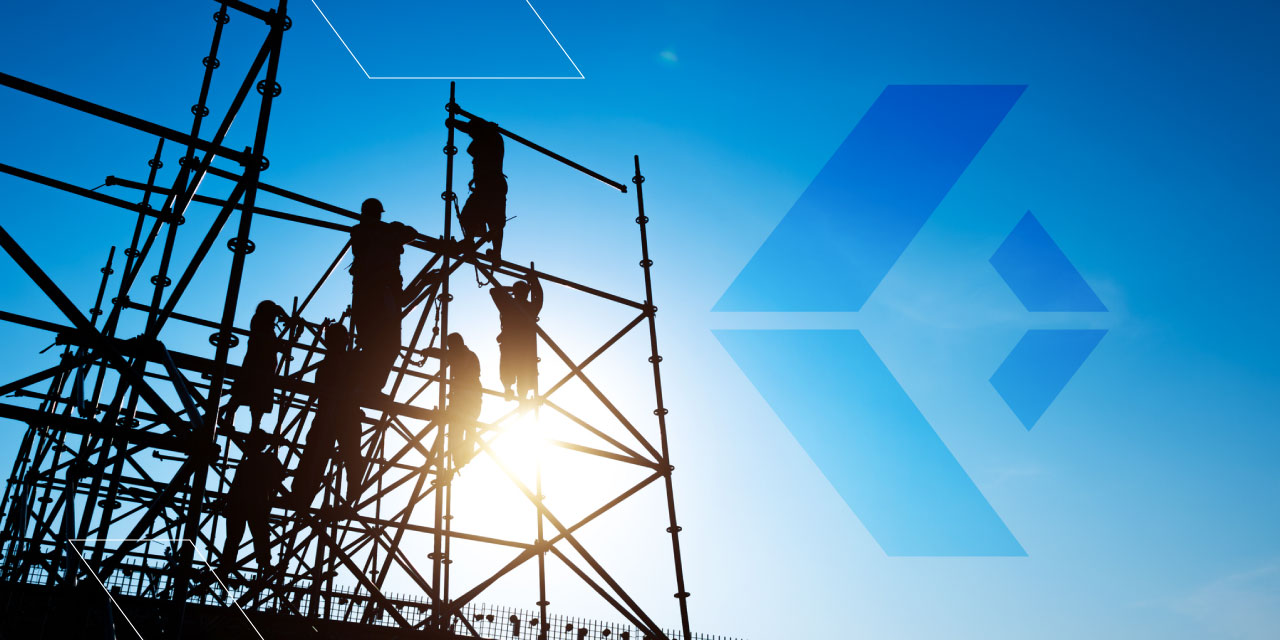Developing moisture control strategies and response plans for the site and building.
The cost impacts when mold growth occurs during construction can be huge. A recent settlement in California for roof leaks was made for $33,000, and an $11.5 million claim was made against an architect, construction manager and subcontractors in Florida.
Related Services
What Causes Mold to Grow During Construction?
The primary reason for mold growth during a construction project is uncontrolled moisture incursion in the form of liquid flow, condensation, high humidity, and/or capillary action that dampens building materials. Inspections for moisture incursion and quick response are necessary, as the Environmental Protection Agency (EPA) and other sources have indicated that mold growth can start in as little as 24 to 48 hours after building materials become wet.
Some major causes of mold growth during construction include:
- Site Issues: poor site drainage, inadequate building protection, water buildup in basements and crawlspaces, and stored building materials that get wet.
- Product Issues: primarily wood members with “lumber yard” or sap-stain molds.
- Procedural Issues: the “shrug it off and build it” mentality when moisture incursion occurs.
- Design Issues: design flaws or construction defects that allow moisture incursion.
Proactive Measures to Prevent Mold Growth
Site, product and procedural issues are immediately recognizable and can even be addressed proactively to prevent moisture incursion and mold growth from occurring in the first place. Design flaws, when discovered, should be immediately documented to the owner and designer.
When construction defects resulting in moisture incursion are recognized they should be immediately addressed for liability reduction. The longer moisture incursion is allowed to occur the more extensive the mold growth will be.
Remember, there is always the potential for hidden mold growth within wall, ceiling and floor assemblies, or in “layers” of construction (e.g., multiple layers of drywall or vinyl wall coverings) that may not be apparent after a water incursion event.
How to prevent mold in a construction setting:
Having water pumps, fans, dehumidifiers and wet vacuums readily available to clean up after water events, or access to a professional drying contractor, will help reduce the potential for mold growth.
Construction materials, particularly porous materials, drywall and wood, need to be protected and stored in a dry location.
Contractual arrangements can be made with lumber suppliers regarding moisture content and what will be done with lumber showing visible signs of mold growth.










